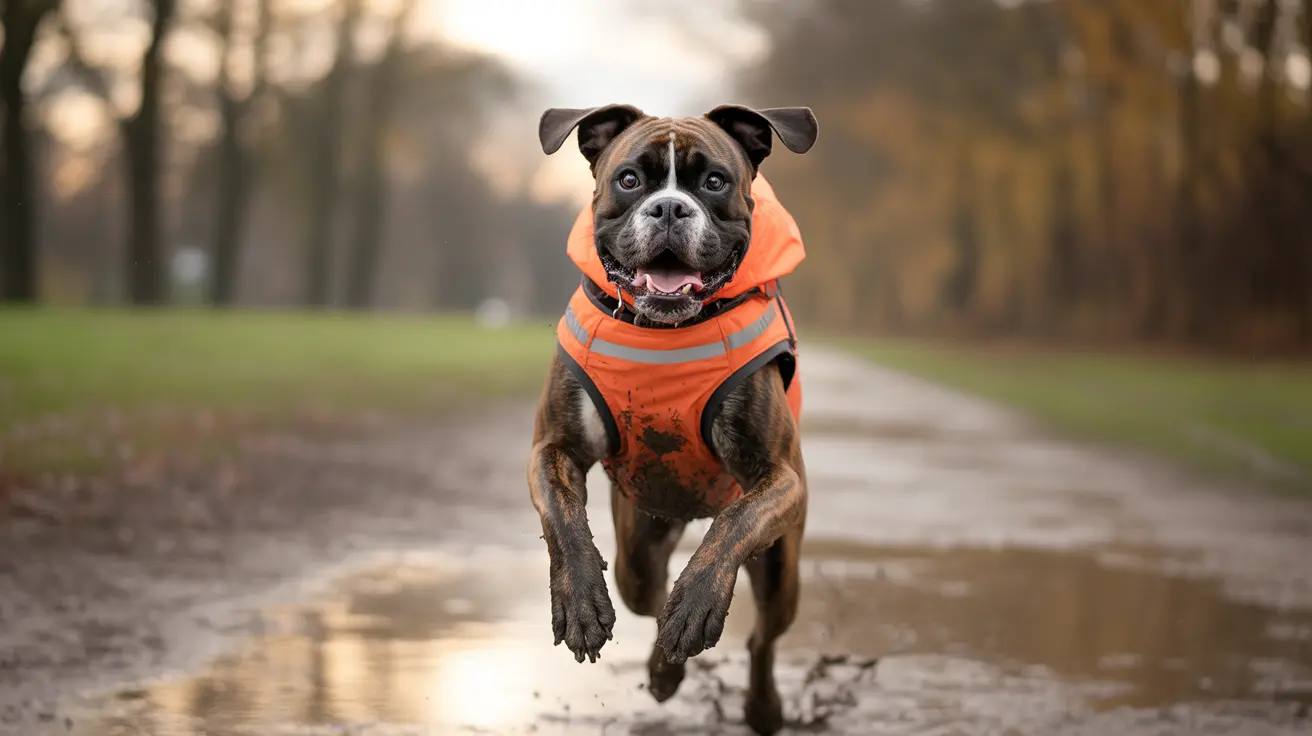Do Dogs Wait for Their Owners to Eat? Understanding Canine Behavior When Left Alone
The relationship between humans and their pets, particularly dogs, is often described as deeply bonded, loyal, and emotionally intimate. But what happens when a dog is left alone with their deceased owner for a prolonged period? How do they respond to starvation, isolation, and a dramatically altered environment? A growing body of forensic research explores the unsettling, yet biologically relevant question: do dogs scavenge their owners' bodies, and if so, under what circumstances?
Canine Loyalty vs. Survival Instinct
Dogs are known for their loyalty—stories abound of pups waiting at train stations or guarding their humans’ graves. In some cases studied by forensic experts, dogs have remained alongside their deceased owners without resorting to scavenging, even to the point of starving to death.
However, this is not always the case. Scientific literature and case reports have documented multiple examples of dogs consuming their owners' remains—sometimes even when alternative food sources were available. This complex behavior goes beyond loyalty, highlighting the instinctive and biological responses to extreme situations.
Case Studies: When Loyalty Meets Desperation
- 2007 case: A Chow and a Labrador mix were discovered alive in a home with their deceased owner's skeletonized remains; dog food was also present, indicating food scarcity wasn’t the only factor.
- 1997 case: A German shepherd began feeding on its owner's face mere hours after death, despite the presence of uneaten food on the premises.
These cases highlight that hunger isn’t the sole trigger. The process may begin with failed attempts to rouse their owner through licking or nudging, which escalates into biting when distress levels rise. The taste of blood can then instigate further feeding behavior.
Anatomical Focus During Scavenging
Forensic analysis reveals that dogs typically target the face and upper body, especially in indoor settings. This preference starkly contrasts with scavenging patterns observed in nature where abdominal or limb tissue is more frequently consumed.
Notably, about 25% of documented cases featured dogs scavenging on humans within 24 hours of death. Factors such as pet temperament, the dog’s breed, and the state of physical decomposition play significant roles in influencing this behavior.
Comparisons with Felines
Though dogs and cats both live closely with humans, their behaviors in the wake of an owner’s death can differ:
- Cats tend to begin chewing or nibbling early—sometimes within 48 hours after death.
- Unlike dogs, cats typically prefer facial tissues, particularly the lips and nose.
- Despite popular beliefs, cats often refrain from consumption, with some recorded cases showing cats avoiding the owner’s body while a dog in the same home initiated feeding.
This variance may derive from their selective eating behaviors and delicate digestive systems.
What Motivates Pet Scavenging?
Several factors influence scavenging behavior in domestic pets:
- Hunger: The most obvious reason, but not always present.
- Distress and isolation: Emotional strain can evolve into confusion-driven biting or chewing.
- Instinctual responses: Licking or nibbling to rouse an unresponsive owner can unintentionally cross the threshold into scavenging.
- Scent and decomposition: The onset of putrefaction changes scent profiles, possibly stimulating predatory instincts.
Experts suggest that modern domestication disrupts the natural predatory chain in many pets, reducing their competence in seeking nutritional sources or identifying edibility. However, survival can override these limitations.
The Role of First Responders and Forensic Investigators
Investigators face difficulties when determining the time or cause of death due to postmortem injuries caused by pets. Bite marks, wounds, and missing tissues can mimic trauma, including assault or accidental injuries. Consequently, forensic teams are trained to:
- Note the presence and behavior of pets at the death scene
- Collect fur and fecal samples to identify animal involvement
- Understand common scavenging patterns for accurate postmortem diagnostics
Can Scavenging Be Prevented?
Unfortunately, there is no surefire method to prevent this behavior. The most effective measure is proactive:
- Ensure regular welfare checks for vulnerable individuals living alone.
- Engage neighbors or family in wellness routines.
- Consider pet adoption implications seriously—especially for seniors or isolated persons.
Some pet owners express that they would rather have their dog survive—even if it involves scavenging—than risk the pet starving. These sentiments reflect the empathy and realism associated with long-term pet companionship.
Conclusion
So, do dogs wait for their owners to eat? Not necessarily. Loyalty may delay feeding behavior initially, but isolation, emotional distress, biological instinct, and sometimes even curiosity can lead dogs—and occasionally cats—to begin scavenging. Understanding this behavior isn’t about judging pets but recognizing the complex interplay of survival, emotion, and instinct when humans are no longer able to care for their companions.





